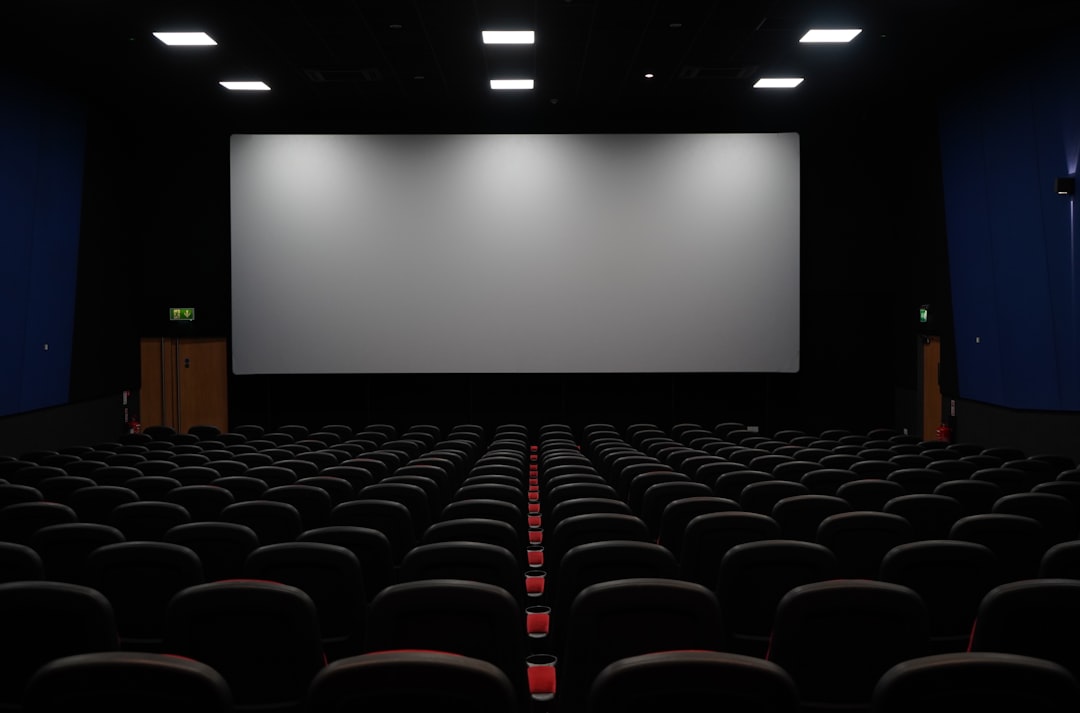What is it about?
The adaptation to television of the novels by Steven King is different from film and raises questions about medium specificity, as well as the extent to which the adaptation of King’s work may have become increasingly complex. Haven (2010-2015) expands the horror genre and segues with science fiction. Such a development marks how the specific threat (vampire etc.) against the primary protagonist has been modified with an undefined threat. Such notions are shown as a set of multiple meanings as key questions are raised about the Troubles and the character of Audrey Parker’s own relationship to them in Haven. The appearance of Audrey, an investigator, is different from earlier incarnations of the skilled individual, amid her quest for authenticity in a world where her own identity is uncertain.
Featured Image
Why is it important?
It has been argued that science fiction is defined by its mobilisation of spectacle, although television works aesthetically according to a serial-episode principle unlike film. The increasing technical sophistication and development of different modalities for television suggest an interpretative flexibility and generic expansion. Haven works by defining American (small-town) life as a collection of personal histories. In Audrey’s quest for certainty about her identity, the ambiguous and the interplay between normality and the horrific indicates a broader linking of different worlds that creates a multiverse. In these ways, in Haven, generic content is de-stabilized within the adaptation of King’s work to television and can be used to explore how hybridity can be understood and defined in relation to notions of specific media.
Read the Original
This page is a summary of: Navigating uncertainty: trouble in Haven, Science Fiction Film & Television, June 2017, Liverpool University Press,
DOI: 10.3828/sfftv.2017.16.
You can read the full text:
Contributors
The following have contributed to this page










